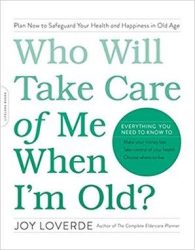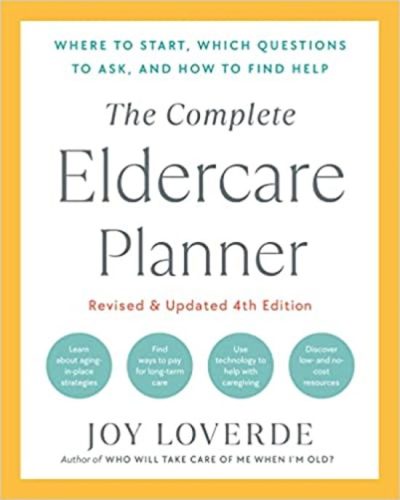Like many Baby Boomers, I am experiencing the deaths of close friends and beloved family members at a fast and furious rate. Sometimes the deaths come after a long and painful dying process. Other times – Poof! People die with little to no warning. This month alone, four individuals whom I loved dearly died unexpectedly. I feel like I can’t catch my breath.
In an attempt to effectively deal with my grief, I went searching for information on the Internet and came upon an organization called The American Hospice Foundation (AHF). The AHF mission was to improve the quality of hospice care through public education, professional training, and consumer advocacy. And just like the deaths of my loved ones, I was saddened to learn that AHF has also “died.” They closed their doors June 2014. What a loss!
I learned a lot about hospice from the AHF website. Sadly, if AHF were to shut down their website completely, and make it impossible to troll their content, invaluable information would be lost in cyberspace forever. To help keep AHF’s guidance alive for a little while longer, I offer a brief summary of two new things that I learned about hospice from the AHF website:
#1. People have a choice in hospice programs.
When death is imminent, the doctor may recommend hospice. For a long time, we could assume that every hospice recommendation would result in high-quality care. That assumption is no longer a safe bet. Since hospice is likely to be one of the most important health care decisions you make, you must shop around.
To start the research process, request a home visit from no less than three providers. Prepare a customized questionnaire ahead of time. How receptive the hospice representative is to the following questions is an indicator of the quality of their program:
What do others say about your organization? (Get references.)
How long has the hospice been in operation?
Is the hospice Medicare-certified?
What is the expectation regarding the family’s role in caregiving?
Are there services for the patient (and the patient’s family members) that you do NOT provide?
Are your services available 24/7?
How do you define a hospice “emergency?”
In an emergency, what is your average response time?
Are patients ever transferred out of the home and into in-patient hospice care? Under what circumstances are patients transferred?
Is family respite care available? What kind of services are offered? Under what circumstances? Is there a cost involved with these services?
Is palliative care available?
How are family complaints handled?
How do you measure and track quality hospice care?
What kind of emotional support do you provide post death?
#2. Despite palliative medicine, many individuals continue to suffer at the end of life.
People who are dying have the right to refuse life-sustaining medical treatments. But what about people, including a large and growing population with advanced dementia, who are not dependent upon life-sustaining medical treatment? How do they exercise this option when there is no life-sustaining medical treatment to refuse?
To accelerate the dying process, patients sometimes choose to voluntarily stop oral eating and drinking (VSED) as an exit option. If individuals wish to refuse nutrition and hydration just as they may refuse other intrusions on their personal autonomy, it must be discussed ahead of time and can be exercised through an advance directive or a surrogate decision maker.
None of us wants to be at the mercy of a healthcare practitioner who holds opposing views to what we or our loved ones would want at the end of life. Do your homework now.


